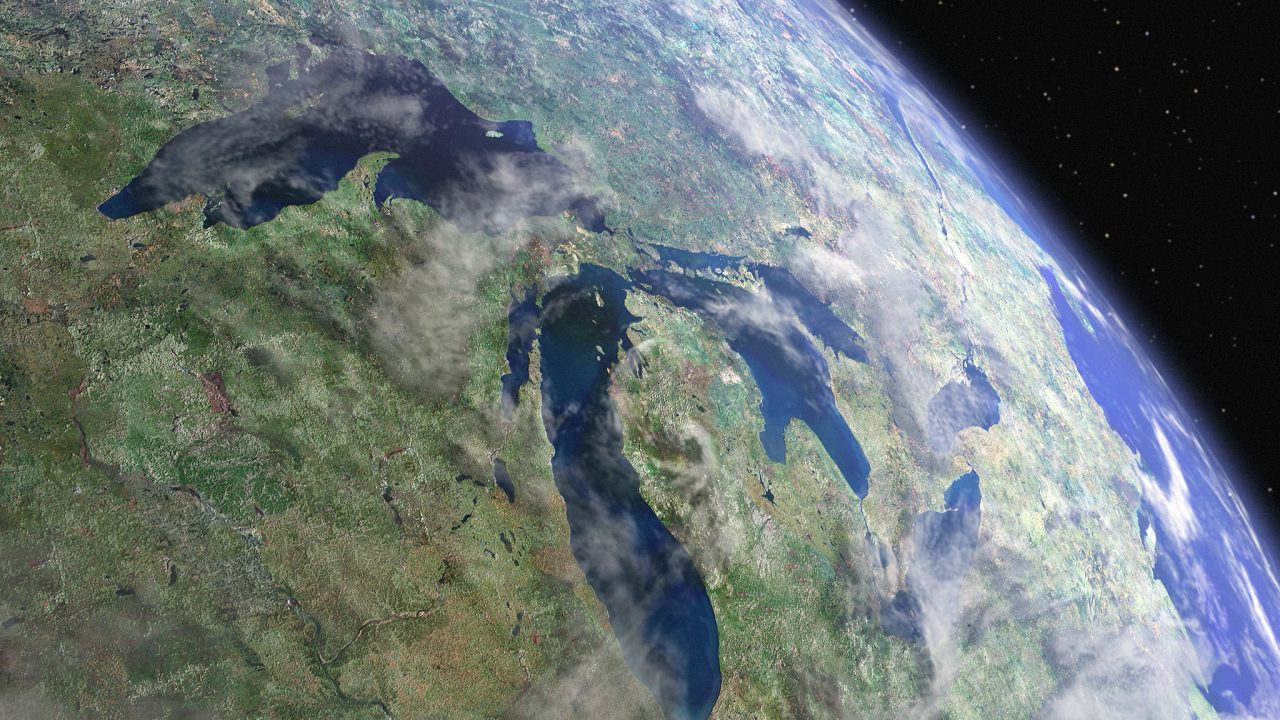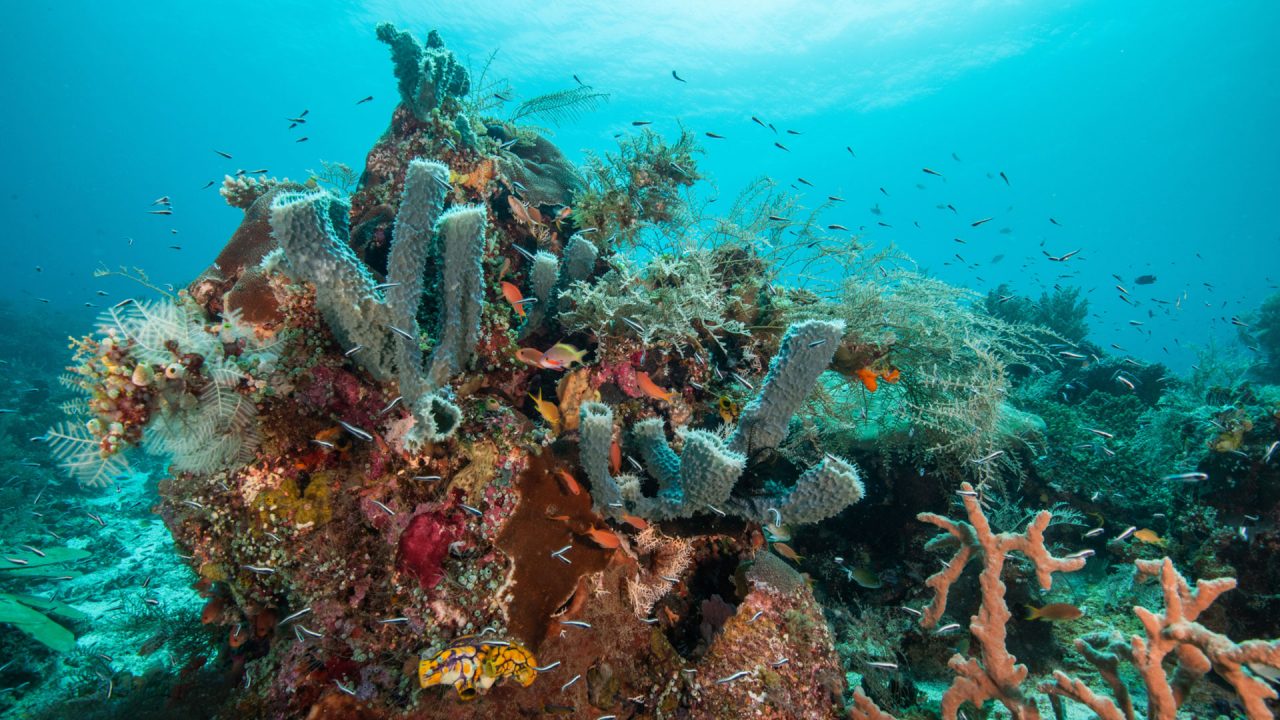
Mini-Lesson for Waterlife
Mini-Lesson for Waterlife
Mini-Lesson for Waterlife
Themes:
- Geography – Environmental Issues
- Geography – Natural Resources
- Science – Life Systems/Ecology
- Social Studies – Environmental Challenges
Ages: 12–14
Keywords/Topics: Water, Great Lakes, Pollution, Ecosystems
Guiding Question: “I feel like a citizen of Lake Ontario more than anywhere else… it was a huge part of my life.” – Gord Downie, Waterlife narrator
The Great Lakes play an important part in Canada’s identity, but how is their impact on our lives changing as pollution, invasive species and other issues continue to threaten them?
Waterlife, Kevin McMahon, provided by the National Film Board of Canada
Summary
Waterlife is a documentary about the Great Lakes that follows the flow of the lakes’ water from the Nipigon River to the Atlantic Ocean. The film takes viewers on a tour of an incredibly beautiful ecosystem that’s facing complex challenges.
Activity 1) Graphic Organizer – The Value of Water
Water plays a role in our everyday lives, but have we ever stopped to consider just how important it is to all of us?
Students, either on their own or in groups, fill out a graphic organizer, such as a simple chart or Venn diagram, that captures the impact of water on the following: society/culture, the economy and the environment. Where possible, students make personal connections to water and how it impacts them. For example, they might enjoy camping on a lake, or maybe they know someone who runs a fishing company. Finally, students should be encouraged to add to their graphic organizer throughout the film.
Go Deeper
Students can do research on some of the specific impacts of water. For example, they could look at the impact of fisheries on our economy or the importance of water to Indigenous communities.
Activity 2) Quotable Quote
Watch the full clip by logging onto CAMPUS using the timecode: 10:52-17:29.
Throughout the film there are many important quotes to consider, but in this segment, “We can’t change nature without consequences” stands out as a quotable quote. Have students write the quote in the centre of a piece of paper and write or draw examples from the segment that illustrate this message. You can then ask students to choose the example they think is most powerful, and explain their choice.
Go Deeper
Students can investigate how they use water in their lives, both directly and indirectly, and add these examples to their paper. This should help illustrate to students how their behaviours also impact the quality of water.
Activity 3) Build a Food Web/Chain
Watch the full clip by logging onto CAMPUS using the timecode: 43:00-52:05.
The food web of the Great Lakes has been changing over time. To help students visualize the impact of these changes, assign students specific roles on the food web. They can research general information on their role, including what they eat, abundance, etc.
Guide students through a simulation, showing them what an ideal food web would look like. Students should read out information about their role to the class. Then, introduce invasive species and some of the responses to invasive species. Discuss with students what they noticed through the simulation and the impacts of the introduction of invasive species.
Go Deeper
Bioaccumulation refers to the accumulation of a toxic chemical in the tissue of an organism. Biomagnification refers to the increased concentration of a toxic chemical the higher an animal is on the food chain. Considering what they discovered in Activity 2, students analyze how both of these processes can impact aquatic food webs.
Activity 4) Create a Headline
Watch the full clip by logging onto CAMPUS using the timecode: 1:14:30-1:19:25.
This segment of the doc will inform students about the role of municipal wastewater-treatment systems. Using the information presented here, students are to create the headline for a newspaper article. Headlines should contain subjects and verbs and are usually no more than 12 words in length. Below their headlines, have students list two or three pieces of evidence that explain or support their headline. Finally, students share their headlines and evidence with their peers.
Go Deeper
Students can examine how their community handles wastewater. What method is used? Do they have a combined sewer system or something different? Students can identify an issue with current water-management practices and write a letter to a municipal councillor.
Brian Beard is a high school teacher at Colonel By Secondary School in Ottawa, Ontario. Brian is a member of the Ontario Association of Geographic and Environmental Education (OAGEE) executive council, serving as the Outreach project leader. He was a member of the 2019 OAGEE Ottawa Fall Conference organizing committee. In addition to teaching Ontario geography courses (including the Grade 9 course “Issues in Canadian Geography”) he is an IB geography teacher. In these courses, he supports students in looking at problems through various perspectives to understand the complexity of the issues. Brian challenges his students to think critically about their communities. He is passionate about field trips/studies, rich assessment tasks and developing liveable, active transportation-centric communities.
Pour lire cet article en français, cliquez ici.
Discover more Mini-Lessons | Watch educational films on NFB Education | Watch educational playlists on NFB Education | Follow NFB Education on Facebook | Follow NFB Education on Pinterest | Subscribe to the NFB Education Newsletter



